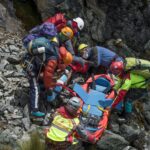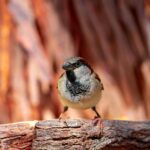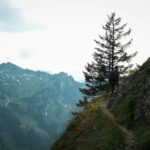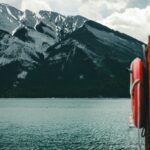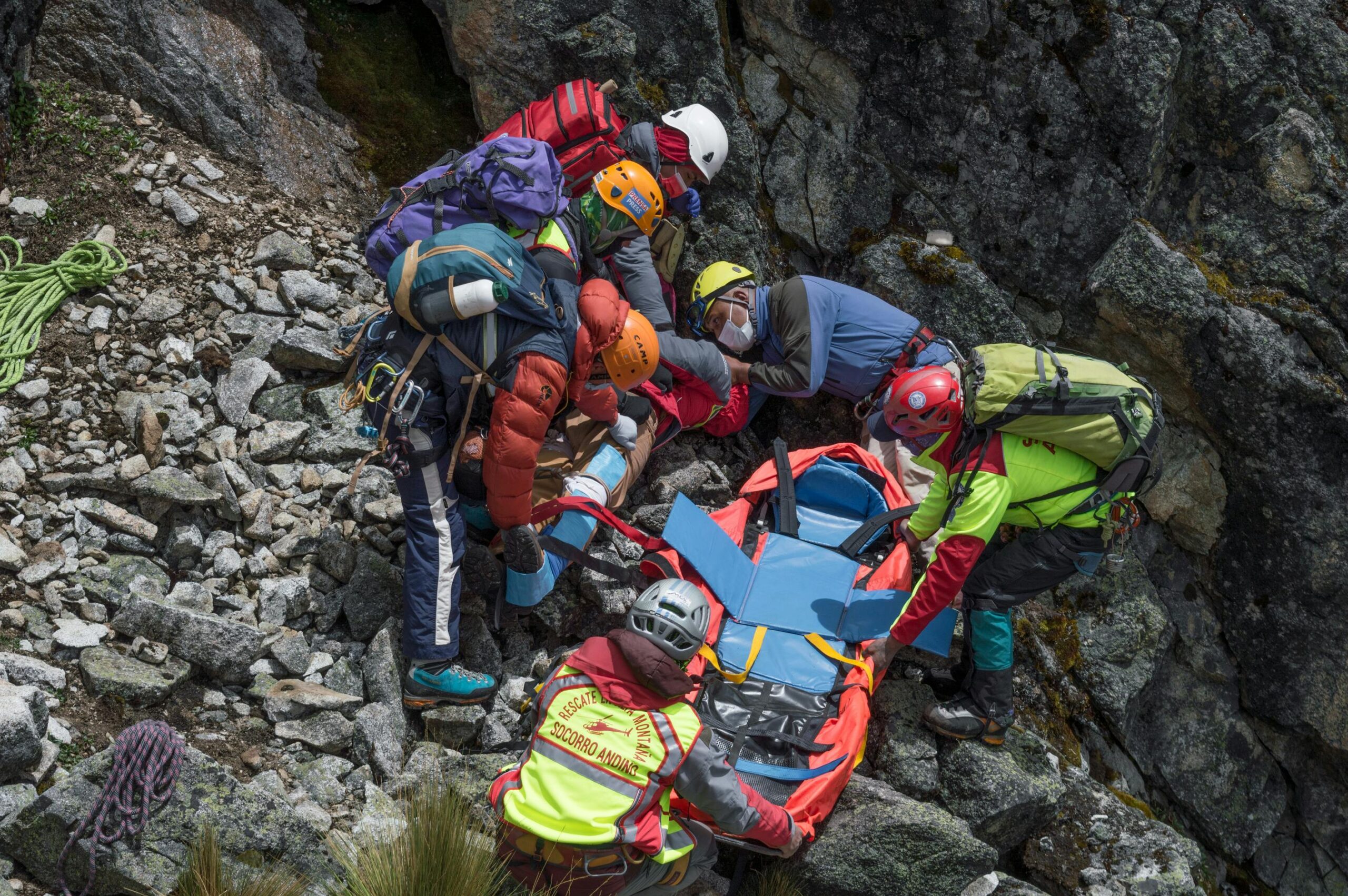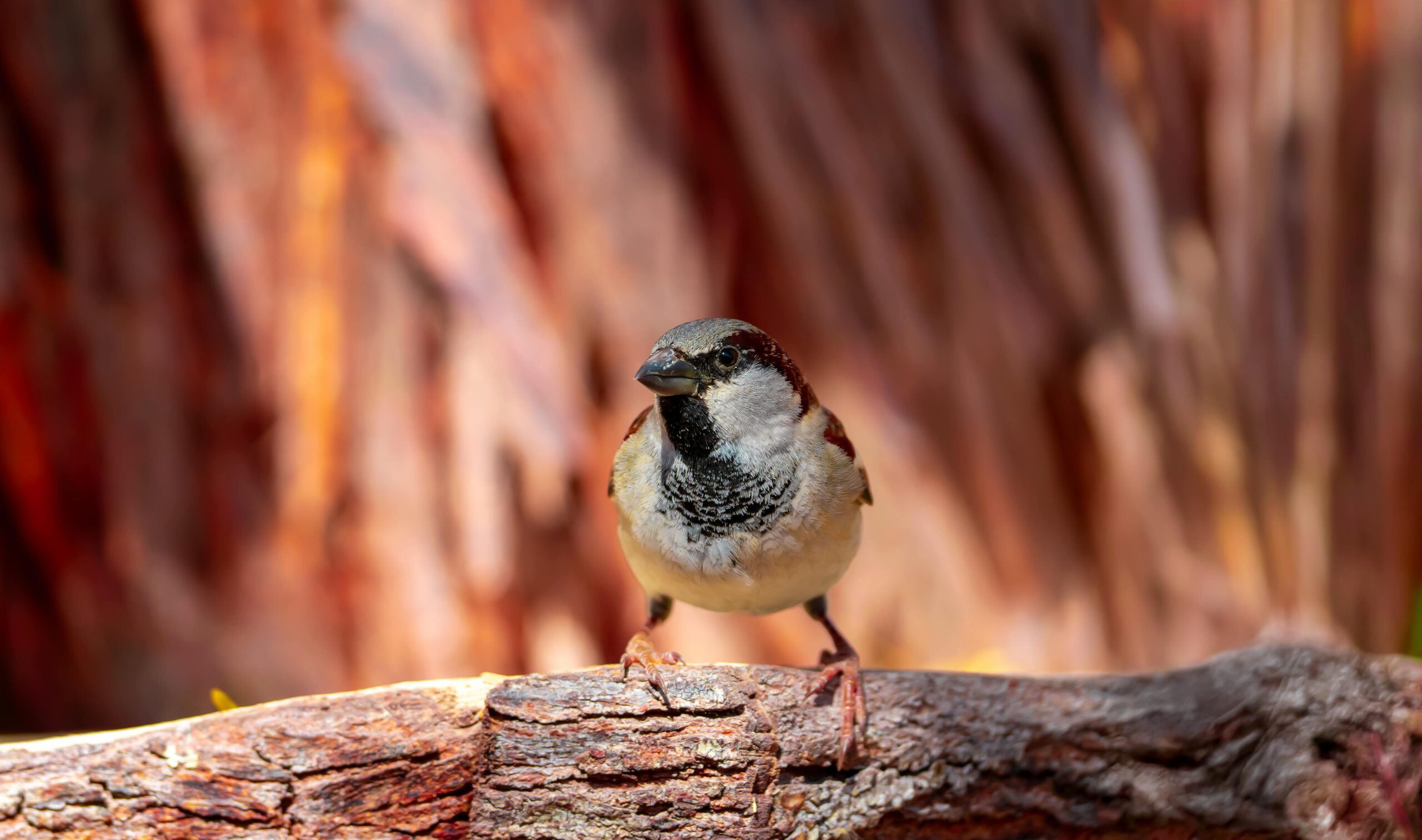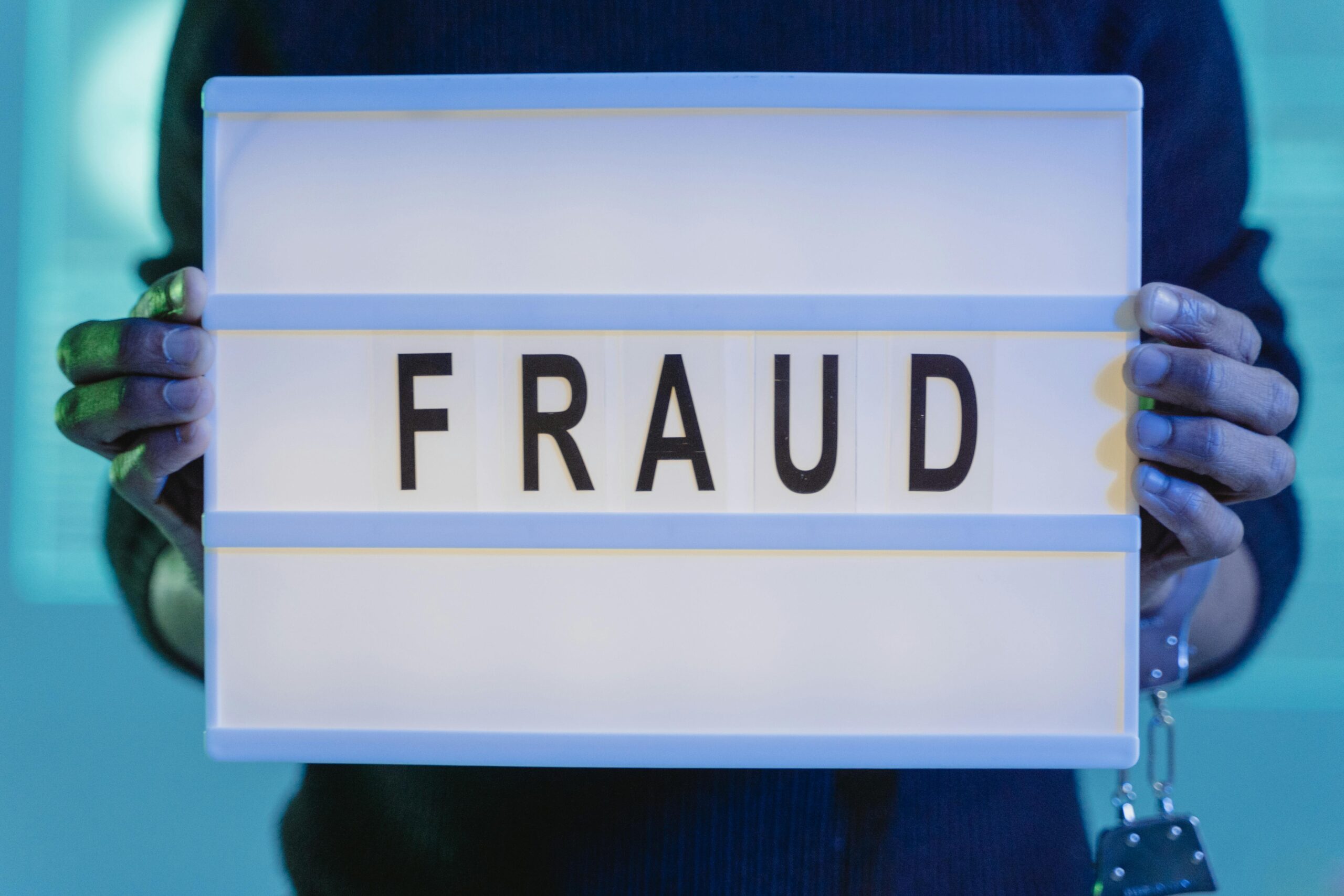Beyond the Frame: The Dark Art of Wildlife Photography Techniques That Spark Conservation Controversies and Fuel the Black Market for Endangered Species
Introduction
As a nature photographer and wildlife enthusiast, I’ve always been captivated by the beauty and majesty of the natural world. However, behind the lens of stunning images, a darker narrative unfolds. Some photographers employ techniques that not only spark conservation controversies but also fuel the black market for endangered species. This article delves into the unethical practices that taint the art of wildlife photography, revealing the unseen consequences of our quest for visual perfection and the urgent need for ethical standards in this field.
The Unseen Consequences
Wildlife photography, when done responsibly, can be a powerful tool for conservation. However, the pursuit of the perfect shot can lead to the exploitation of animals, disrupting their natural habitats and even causing harm. The demand for exotic and rare species in photography can inadvertently support illegal wildlife trade, further endangering species like the Bengal Florican and the Indian Skimmer.
The Impact on Wildlife
- Habitat Disruption: The use of bait, lures, and other manipulative techniques can disrupt the natural behavior of animals, causing them to become dependent on humans for food or altering their habitat use patterns[1].
- Physical Harm: The handling and manipulation of animals for photography can cause physical harm, including injuries from traps, nets, and other equipment[2].
- Stress and Anxiety: The presence of photographers and their equipment can cause stress and anxiety in animals, leading to changes in behavior and physiology[3].
The Dark Side of Wildlife Photography
Some photographers prioritize getting the shot over the welfare of the animals, leading to unethical practices such as:
- Baiting and Luring: Using food or other attractants to lure animals into camera range, disrupting their natural behavior and potentially causing harm[1].
- Handling and Manipulation: Physically handling or manipulating animals to get the desired shot, causing stress, anxiety, and potentially physical harm[2].
- Supporting Illegal Wildlife Trade: The demand for exotic and rare species in photography can inadvertently support illegal wildlife trade, further endangering species[4].
The Need for Ethical Standards
As wildlife photographers, we have a responsibility to prioritize the welfare of the animals we photograph. This means adopting ethical standards and practices that minimize our impact on the natural world.
Practical Tips for Ethical Wildlife Photography
- Respect Animal Boundaries: Keep a safe distance from animals and avoid disrupting their natural behavior.
- Use Non-Invasive Techniques: Avoid using bait, lures, or other manipulative techniques that can harm or disrupt animals.
- Support Conservation Efforts: Use your photography to raise awareness about conservation issues and support organizations working to protect wildlife and their habitats.
Conclusion
Wildlife photography has the power to inspire and educate, but it also has the potential to harm and exploit. As photographers, we must prioritize the welfare of the animals we photograph and adopt ethical standards and practices that minimize our impact on the natural world. By doing so, we can ensure that our pursuit of visual perfection does not come at the cost of the very creatures we aim to capture.
References:
- [1] https://aldf.org/issue/wildlife-services-war-on-wildlife/
- [2] https://americanwildhorse.org/issues/wild-horse-policy-legislation/litigation
- [3] https://www.nature.org/en-us/what-we-do/our-priorities/tackle-climate-change/climate-change-stories/
- [4] https://www.peta.org/features/steve-irwin/
Additional Resources:
- The Animal Legal Defense Fund: A non-profit organization dedicated to protecting the rights and welfare of animals.
- The American Wild Horse Conservation: A non-profit organization working to protect and preserve wild horses and their habitats.
- The Nature Conservancy: A global environmental organization working to protect ecosystems and preserve natural habitats.
Share Your Thoughts:
- Have you ever encountered unethical wildlife photography practices? Share your experiences in the comments below.
- How do you think we can promote ethical wildlife photography practices? Share your ideas and suggestions.
- Share this article with your friends and family to raise awareness about the importance of ethical wildlife photography practices.


